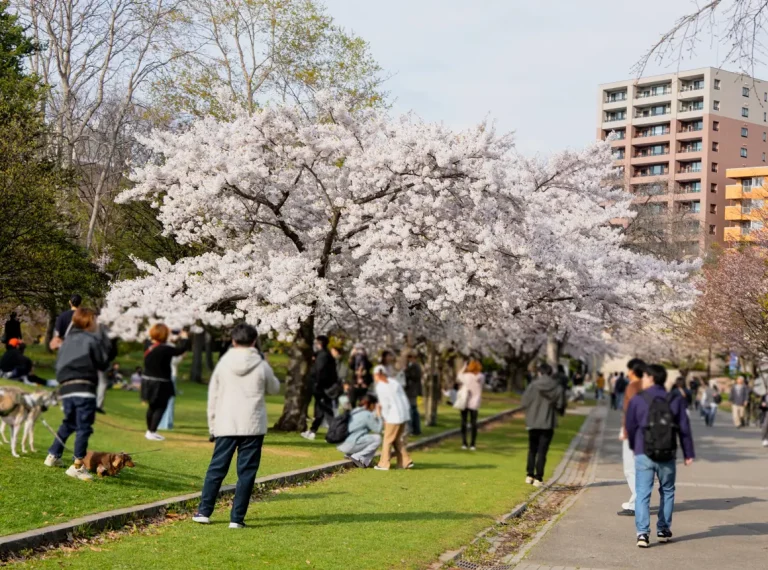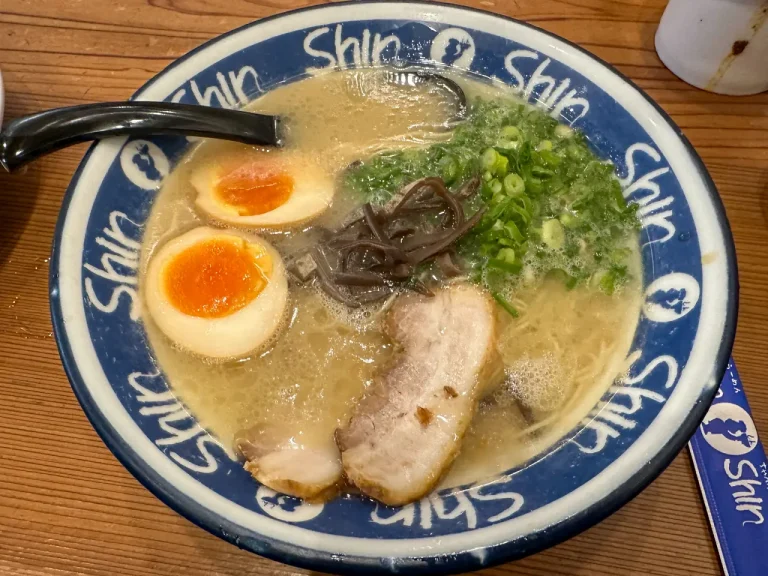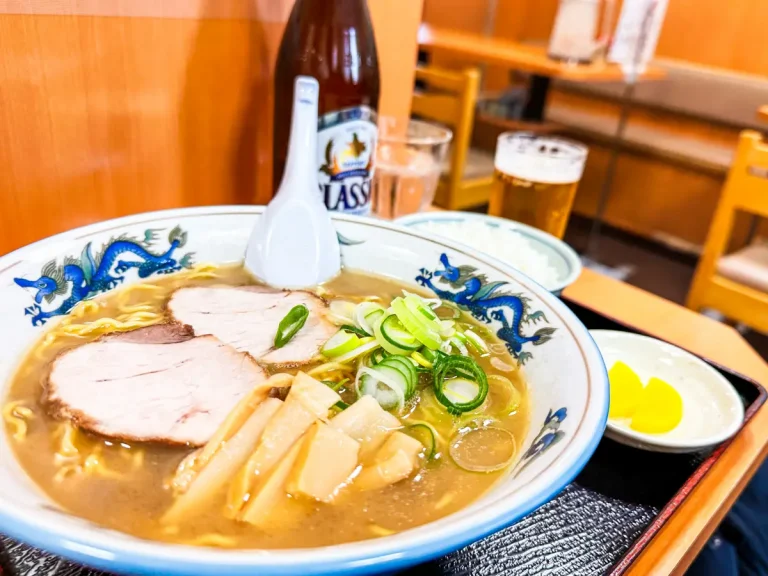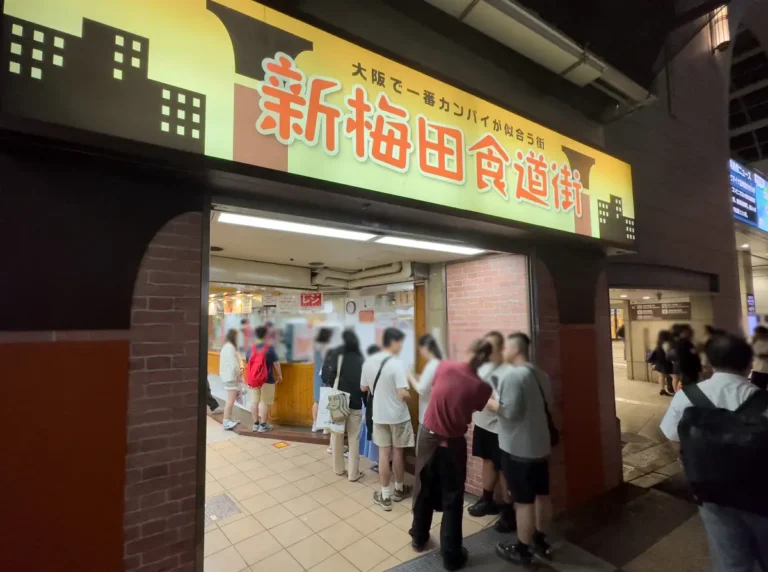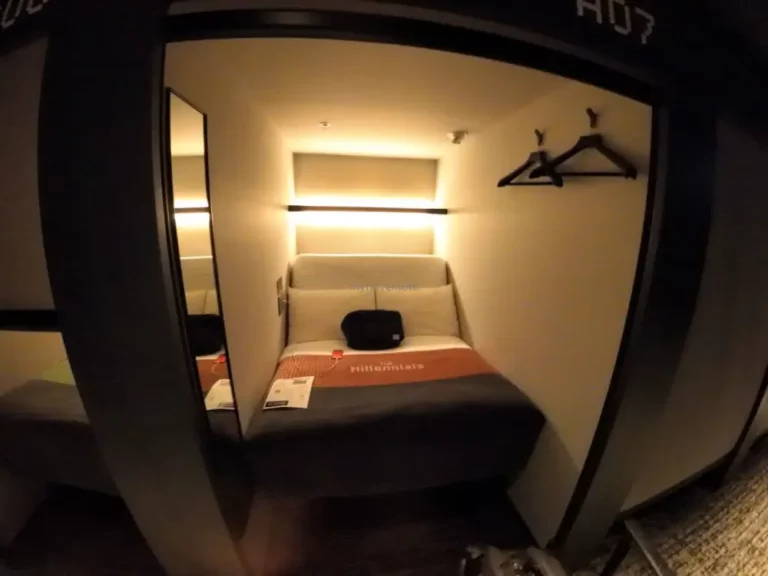How to Purchase the Hokkaido Rail Pass: Essential for Your Sapporo Trip
As winter approaches, many are planning trips to Sapporo. Today, we’ll introduce how to reserve and collect the Hokkaido Rail Pass, a transportation pass that is highly recommended for Sapporo travel.
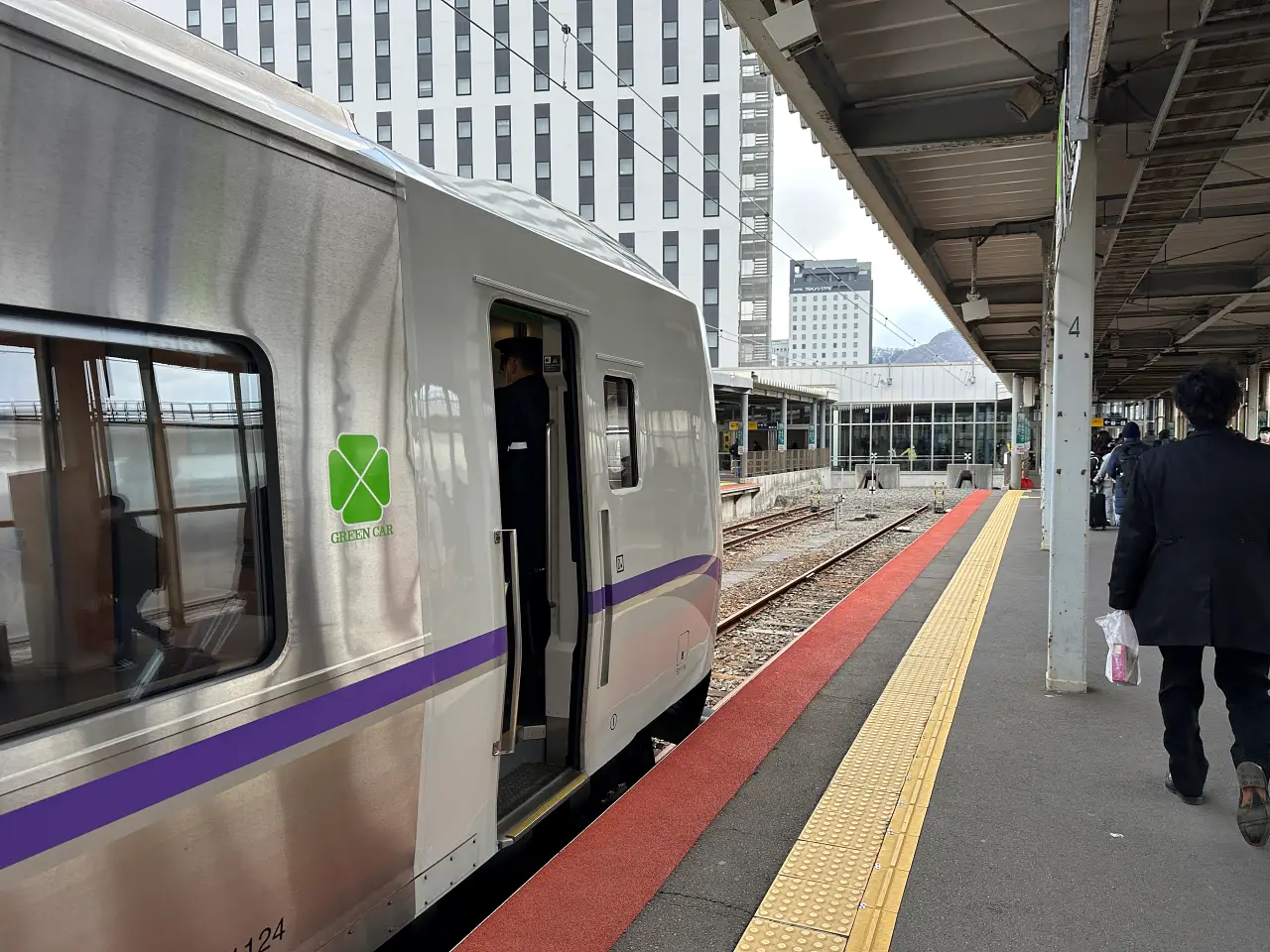
Table of Contents
1. Deciding if You Need the Hokkaido Rail Pass

First, decide which areas of Hokkaido you will visit. If you plan to stay within Sapporo city, the rail pass might not be necessary. However, if you plan to explore various regions in Hokkaido, the pass can save you money. Japan’s transportation costs are significantly higher than in Korea. For example, a one-way train ticket to Hakodate, a city in southern Hokkaido, costs 9,440 yen, making a round trip 18,880 yen. The 5-day Hokkaido Rail Pass costs around 20,000 yen, which is nearly the same as the round trip. Thus, if you’re visiting multiple places like Hakodate and Otaru, the rail pass is a cost-effective choice.

You can also use Google Maps to check Japan’s JR transportation costs to compare and decide if the pass is needed.
2. Hokkaido Rail Pass Price and Reservation
Purchasing the Hokkaido Rail Pass online before entering Japan is cheaper than buying it after arrival. We recommend buying it in advance according to your travel plans. You can purchase the pass through various online platforms. Besides the Hokkaido Rail Pass, there are other options like the Sapporo-Furano Pass or Sapporo-Noboribetsu Pass, which are more affordable but cover fewer areas.
I also purchased my Hokkaido pass from an online platform and saved the PDF file on my smartphone.
And the Hokkaido Rail Pass can be purchased through the link below.
3. Pick up the Hokkaido Rail Pass: Locations and Methods
You can collect the rail pass at various stations in Sapporo. Here, I’ll explain how to collect it upon arriving at Sapporo’s New Chitose Airport.
Where to pick up tickets : JR Information Center
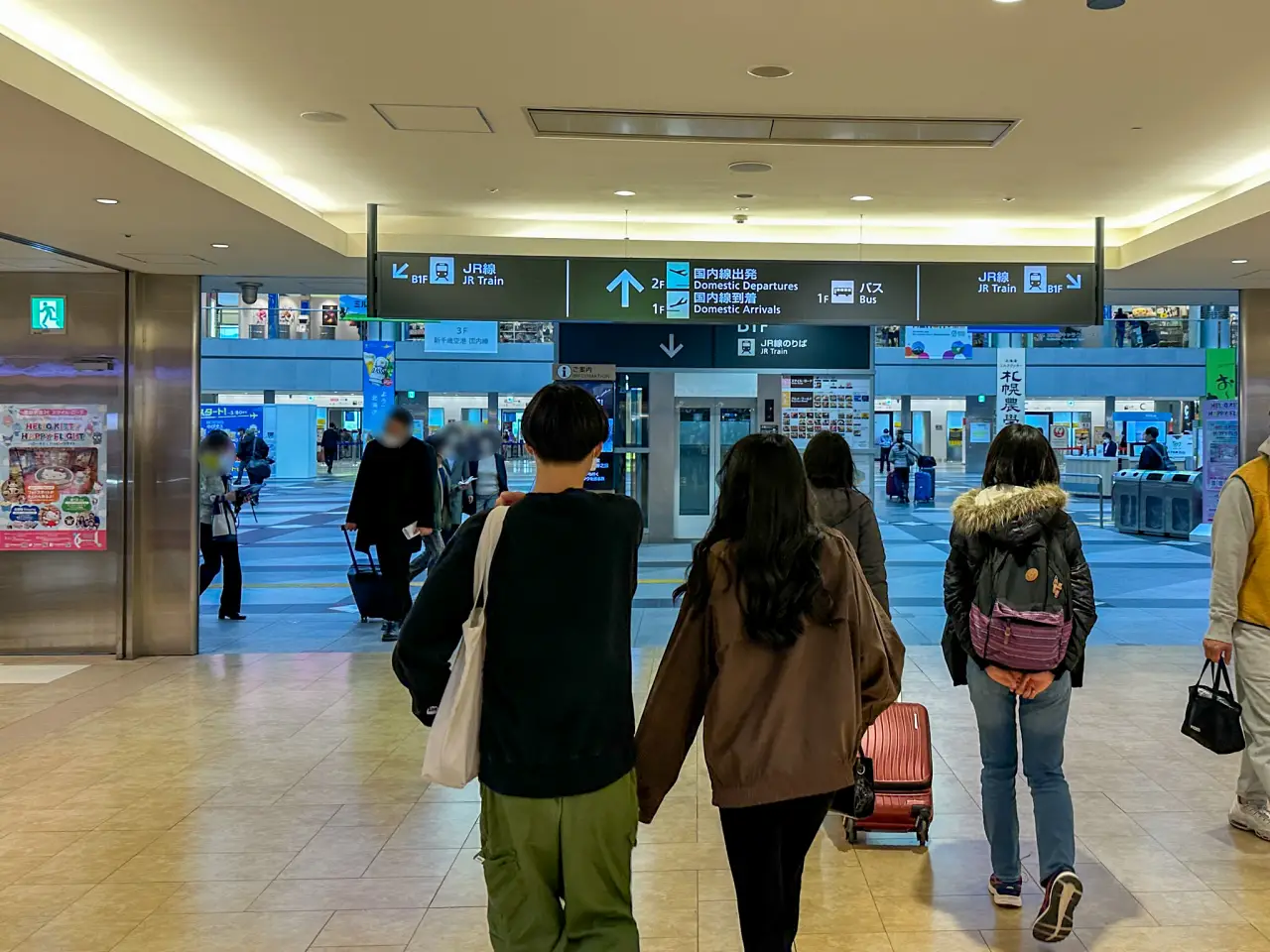
To collect your pass, head to the JR Information Center. After arriving at New Chitose Airport, you’ll need to move from the international terminal to the domestic terminal where the JR train station and the rail pass collection point are located. Follow the signs marked “JR Train.”
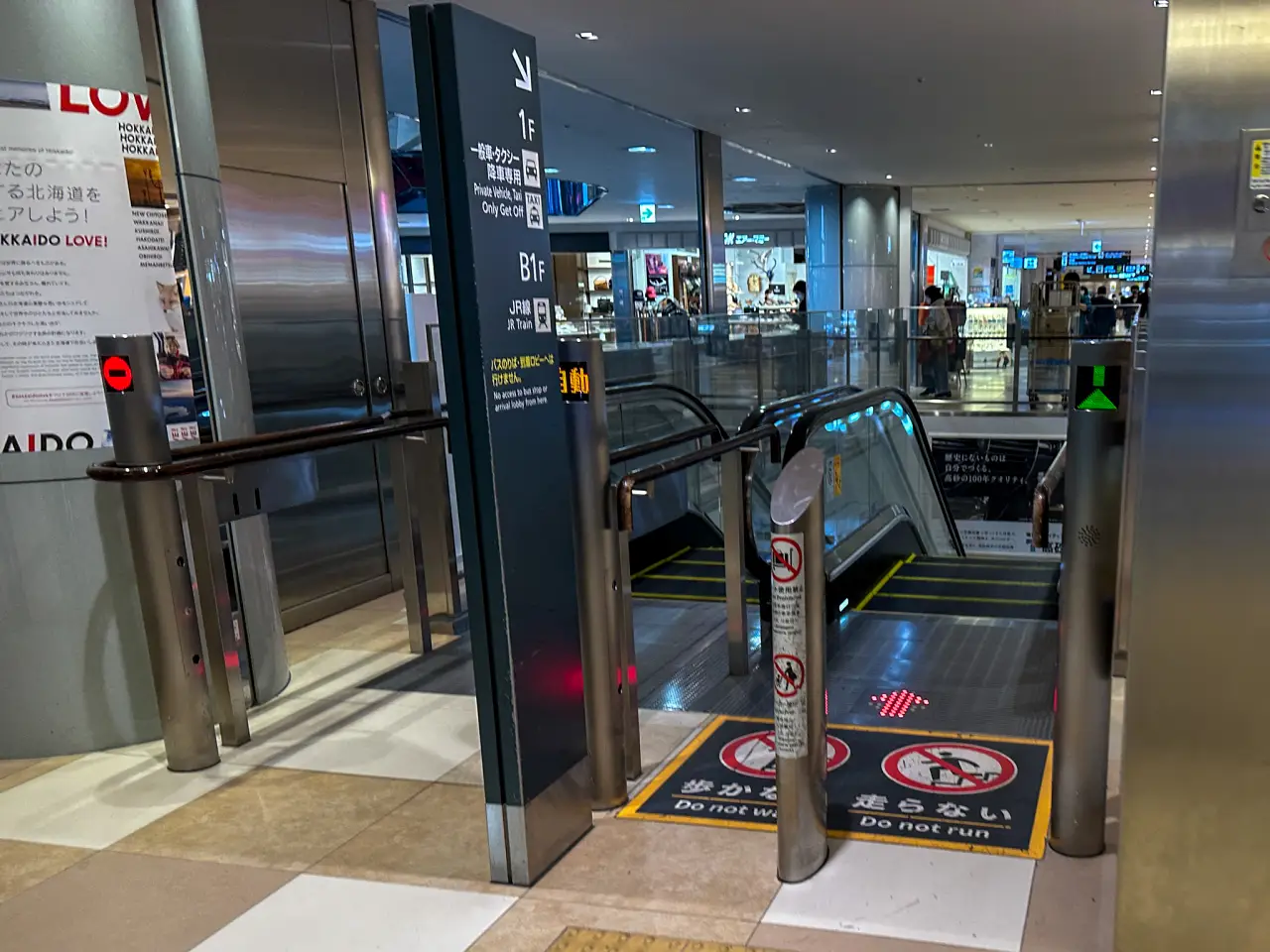
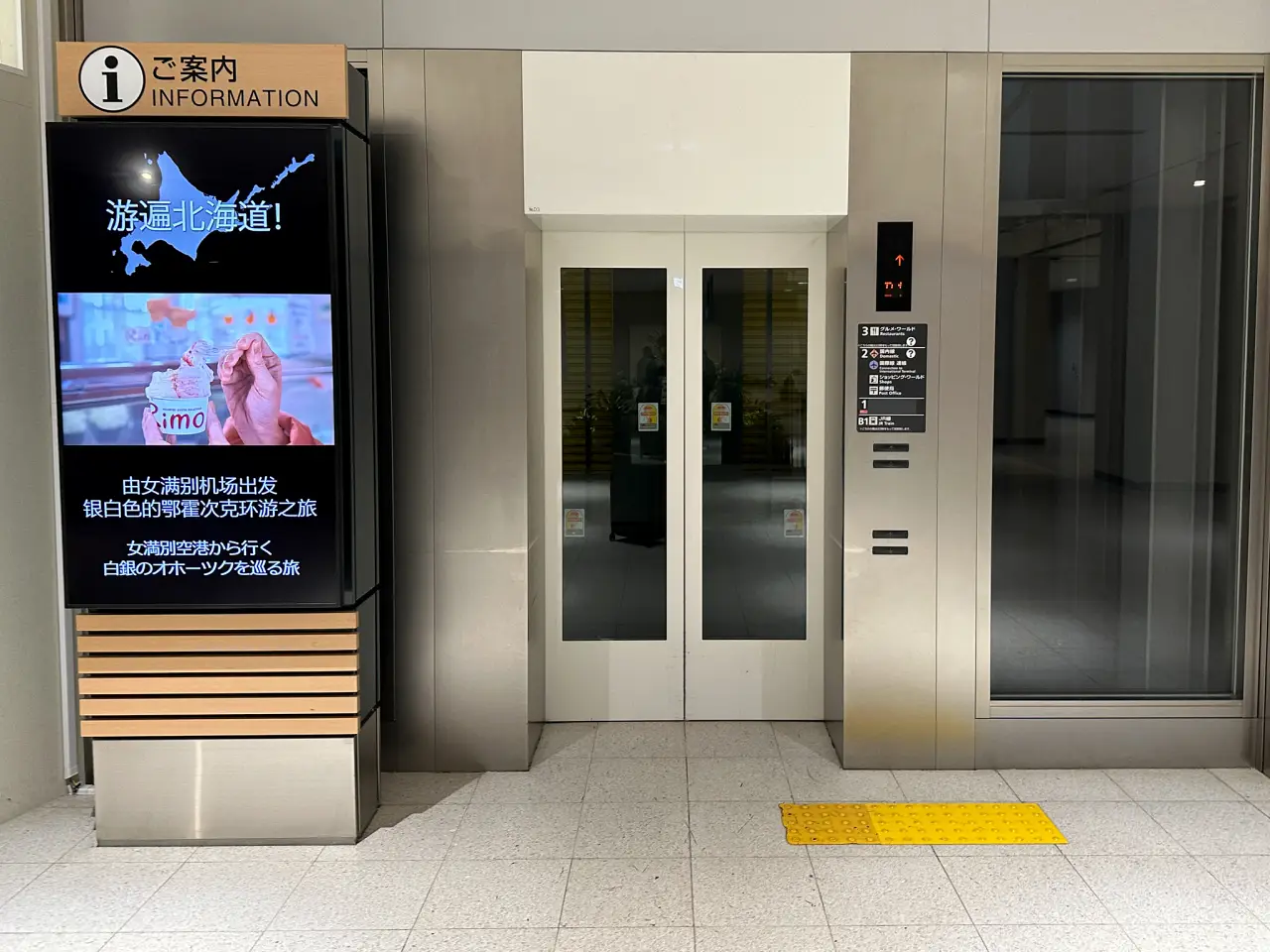
If you haven’t changed floors in the international terminal, you’ll arrive at the domestic terminal’s 2nd floor. From there, take the elevator or stairs to the basement 1st floor to find the JR Information Center, clearly indicated by signs.
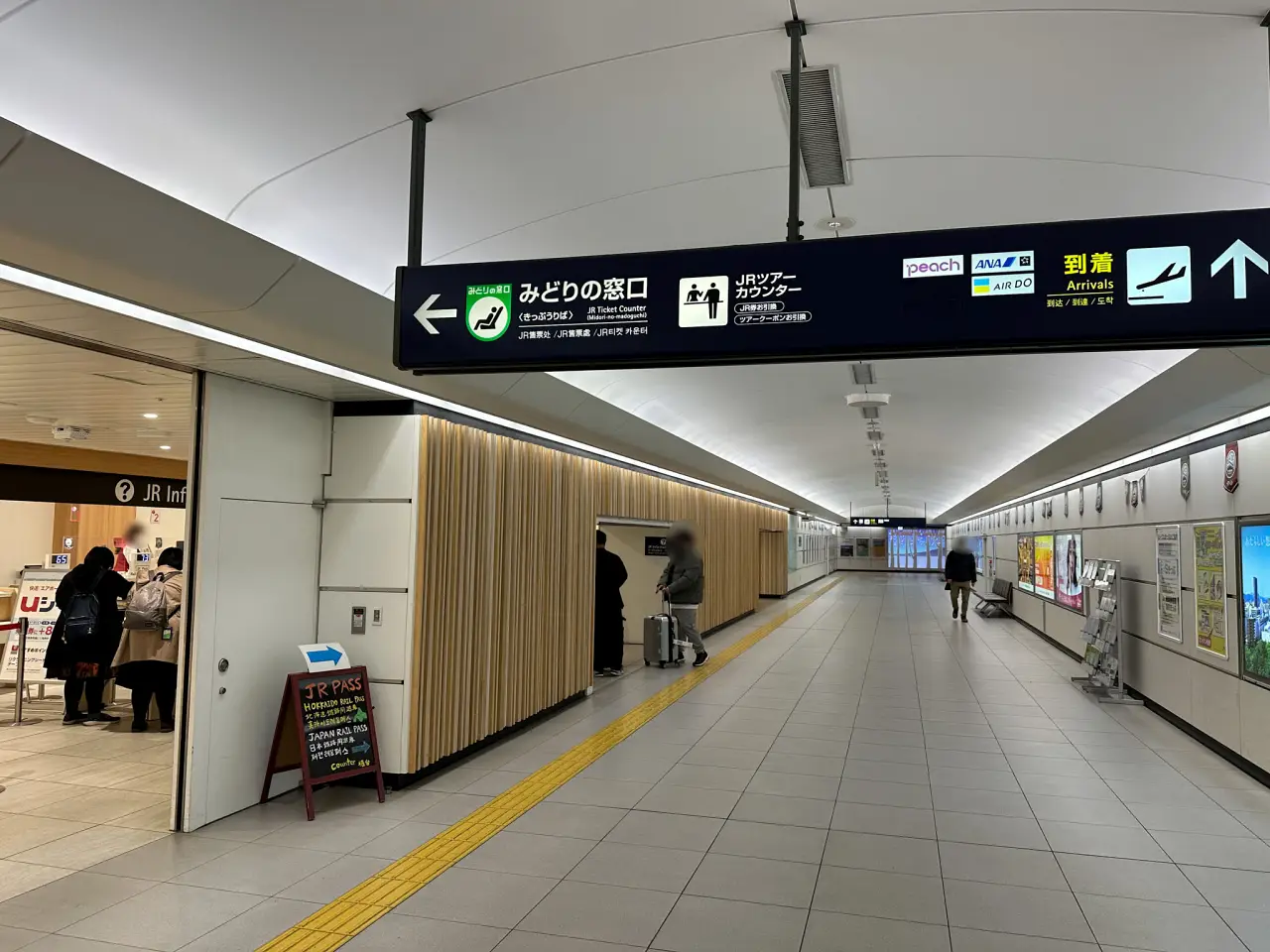
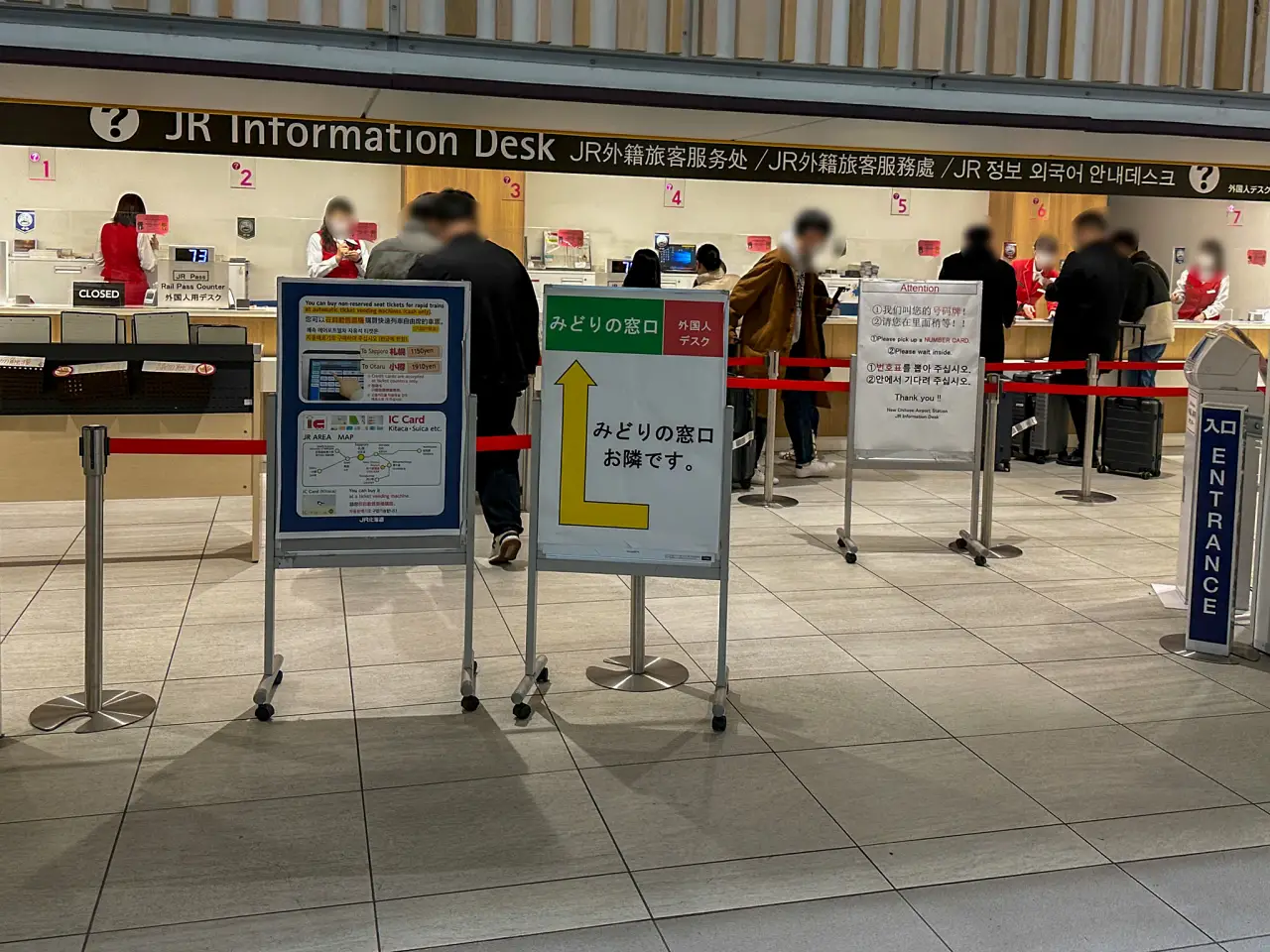
Filling Out the Rail Pass Application Form
At the JR Information Center, fill out the JR pass application form. This step is necessary even if you purchased the pass online.
The application form requires simple information:
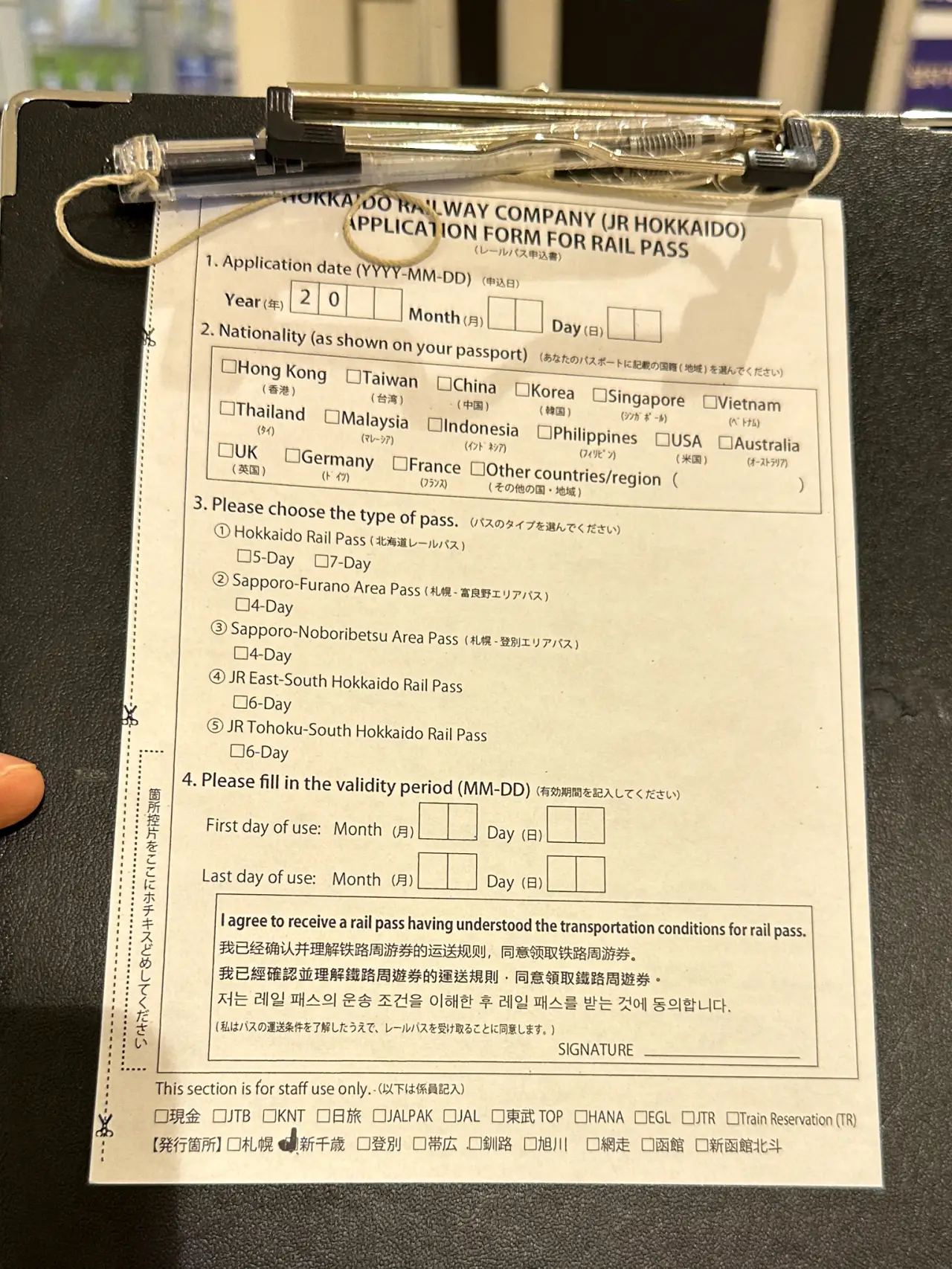
- Application date
- Nationality
- Pass type
- Pass start/end date
Submit the completed form along with your QR code and passport. Note that the rail pass is only available to foreign visitors on short-term stays, so you must present your passport.
4. Setting the Start Date and Same-Day Use
The most important detail on the application form is the pass start/end date. The Hokkaido Rail Pass can start from the day of collection, allowing you to use it to travel to Sapporo city immediately.
If your trip is within 5 days, start the pass on the collection day. For trips longer than 7 days, consider starting the pass on the first full day of train travel. A one-way ticket from New Chitose Airport to Sapporo Station costs about 1,150 yen, making it economical to buy separate tickets for the airport transfer.
For my 7-day trip, I bought separate tickets for the first and last days, using the rail pass for the remaining 5 days to visit Otaru, Biei, Noboribetsu, and Hakodate.
5. Using the Hokkaido Rail Pass
Use the rail pass like a regular ticket by inserting it at the ticket gate. Be careful not to lose the pass as it cannot be refunded or reissued.
6. Reserving Seats
One advantage of the Hokkaido Rail Pass is that it allows you to reserve seats without extra charges. This is particularly useful during peak travel seasons when reserved seats on popular routes sell out quickly. Note that the Sapporo-Furano and Sapporo-Noboribetsu passes require additional fees for reserved seats.
Japan’s JR system offers both reserved and non-reserved seating. Non-reserved seats operate on a first-come, first-served basis, while reserved seats ensure a specific spot. Ensure you board the correct car, as non-reserved passengers in reserved cars may incur fines.
I hope this guide helps you with purchasing and collecting your Hokkaido Rail Pass, allowing you to enjoy a cost-effective and memorable trip around Hokkaido.
This post receives a commission from the company.


